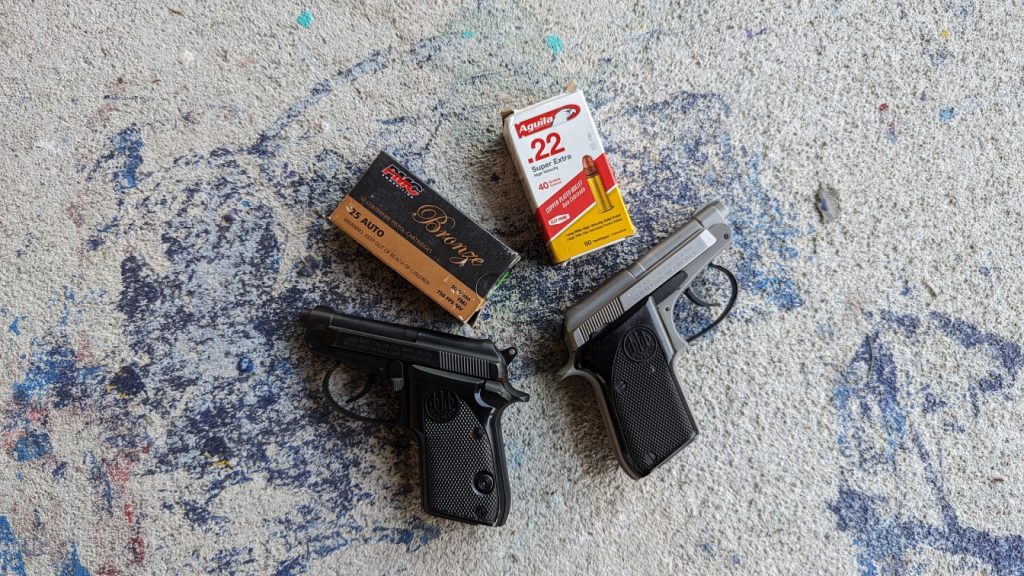Calibers come and go, and some stick around longer than others. One caliber that remains in the saddle so to speak, is .25 ACP. While it’s not a hugely popular cartridge anymore, it’s still fairly easy to find. The reason we can still find .25 ACP is because millions of .25 ACP guns were produced from the time the round was invented up until the 1980s or so. The round hangs on, but has it fallen out of favor? Is it still a viable concealed carry option? That’s what we aim to answer today.
The World According to .25 ACP
The early 1900s were an interesting time in firearm development. Automatic pistols were becoming popular rather quickly. There was also quite the demand for pocket-sized handguns. Plenty of S&Ws and Colts in calibers like .32 S&W and .22 Short were selling well. Guns like the Velo-Dog style revolvers occupied a number of pockets, not to mention the affordable pocket revolvers from Iver Johnson and H&R.
John Browning wanted to create a better pocket pistol. He wanted a reliable option that had at least as much oomph as the current crop of pocket revolvers. While rimfire calibers were an option, the rimfire ignition system didn’t offer the reliability one would want from a self-defense gun, especially in the early 1900s. It’s also worth mentioning that it took the gun industry a few more decades to produce anything close to a reliable semi-auto .22 of any kind.
Enter John Browning
Browning designed the .25 ACP and the FN M1905 in tandem and released the weapon in 1905. The .25 ACP was a pretty big hit. It offered a pocket pistol that was smaller, sleeker, and easier to carry. You had two more rounds on tap than most pocket revolvers, and it was one of these new-fangled automatic loaders. The .25 ACP gives shooters very light recoil, which is important in a blowback-operated, micro-sized pistol.
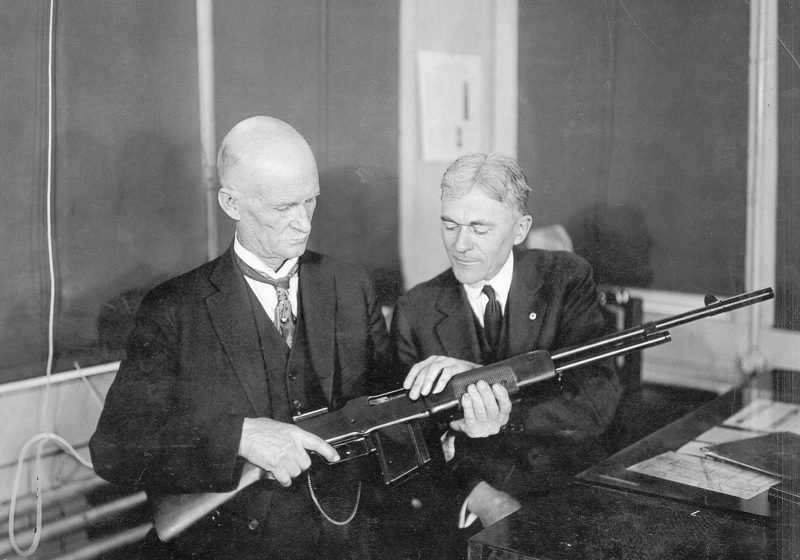
The caliber caught on and soon, there were tons of .25 ACP pistols being built around the world. The .25 ACP was a success, but it admittedly was taken down a peg in 1968 with the Gun Control Act and a new point system for importing firearms. After that, it languished, but only momentarily until companies like Raven produced the MP-25 and .25 ACP was back on the menu.
The .25 ACP was somewhat popular in the United States but likely saw more success in Europe. The caliber has since fallen out of favor as newer guns, materials, and designs allow pocket pistols to pack the .380 ACP.
The Challenges of Carrying a .25 ACP
The .25 ACP presents users with a conundrum. It’s the smallest centerfire pistol caliber. This allows guns to be incredibly small. The Seecamp LWS-25, for example, is crazy small, as is the Beretta 950 Jetfire and the Beretta 21A. This makes for a very convenient and carryable firearm for deep concealment. While that’s great, there are some concerns that need to be addressed.
Finding a Quality Gun
When was the last time a new .25 ACP firearm was produced? As far as I can tell, it’s the Phoenix HP25A, which wasn’t exactly an uber-popular handgun. The market for these pistols is divided into two categories. Very nice, somewhat expensive used guns and crappy cheap guns. The .25 ACP was popular in pot metal guns from the post-GCA era. These guns are commonly called Saturday Night Specials.
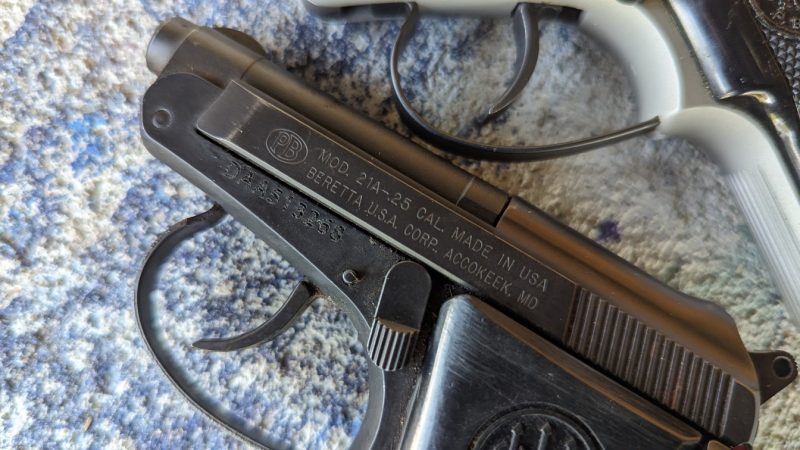
The higher-end guns include the Beretta 950 and 21A, which are tip-up variants, and the Seecamp LWS 25, which might be the smallest auto pistol ever. There is also the Taurus PT-25, which is admittedly a little larger than most would like a .25 ACP to be. Beyond these three, we also have a series of antique firearms that would be tough to suggest for carry. The Beretta 418 is a nice gun, but they are old and somewhat rare.
Finding a good carry gun in .25 ACP is tough, and you’ll get frustrated quickly.
Expensive Ammo
As with any gun, you’ll need ammo. Ammo to train and ammo to carry. Small guns require a good bit of training, and you had better break open the piggy bank. You’ll be spending at least 50 cents a round for standard, cheap .25 caliber rounds. The price of .25 ACP is basically the same as .45 ACP. Calibers like 9mm and .380 ACP are both cheaper and more capable.
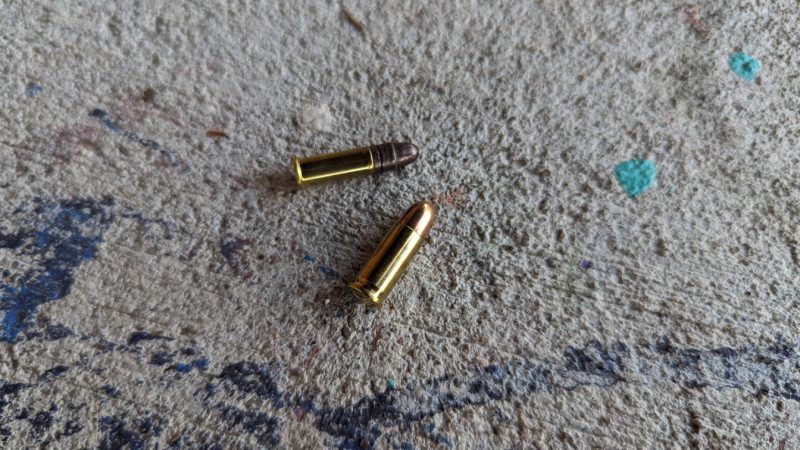
Poor Ballistic Performance
A .25 ACP from a super short barrel is no bear cartridge. In fact, it’s hardly suitable for self-defense. In the modern era, we use penetration through ballistic gel to establish the capabilities of a cartridge. It’s about 80% lower compared to a 9mm. The typical standard is penetration of twelve inches of properly calibrated ballistic gel. On a good day, a .25 caliber FMJ can reach 12 inches.
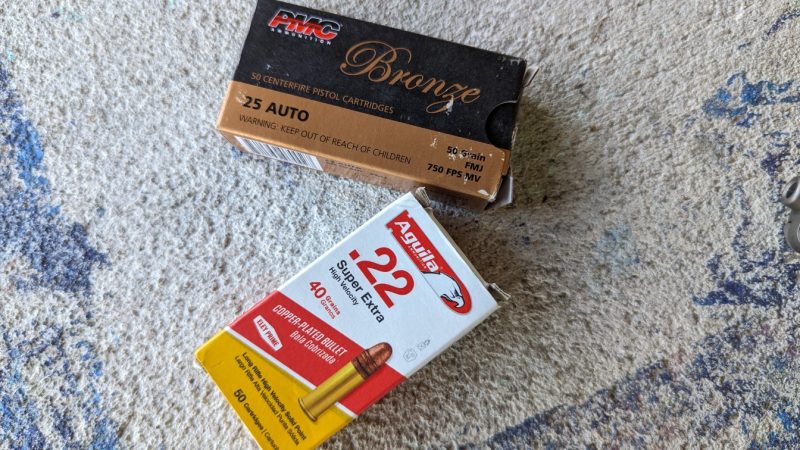
Jacketed hollow points tend to eb poor penetrators and expand, slowing their velocity and, ultimately, their total penetration. With a .25, you have to use FMJs to get even close to adequate penetration. We lose expansion, which creates a bigger wound tract and ultimately does more damage.
Should You Carry a .25 ACP?
That’s totally a personal choice. The .25 ACP wouldn’t be my selection, and I don’t know why I would ever suggest it to someone. I would rather carry the .22LR in something like a Ruger LCP 2 than a .25 ACP. I think the round is past its prime for defensive use.
ABOUT THE AUTHOR:
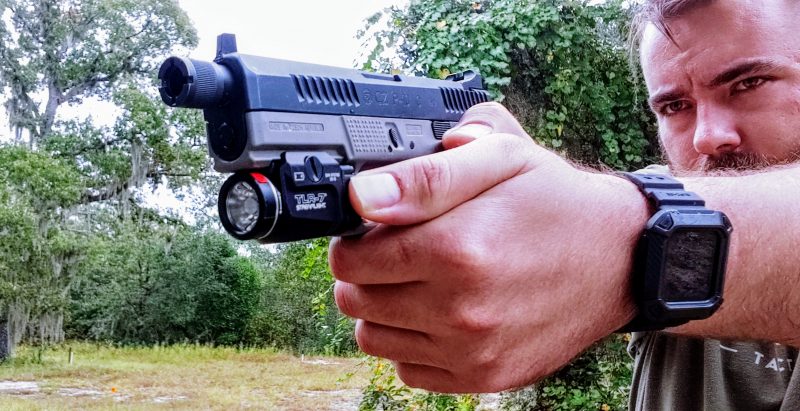
Travis Pike is a former Marine Machine gunner who served with 2nd Bn 2nd Marines for 5 years. He deployed in 2009 to Afghanistan and again in 2011 with the 22nd MEU(SOC) during a record-setting 11 months at sea. Travis has trained with the Romanian Army, the Spanish Marines, the Emirate Marines, and the Afghan National Army.
He serves as an NRA-certified pistol instructor and pursues a variety of firearms-based hobbies.
![]()
You may also enjoy these popular articles:
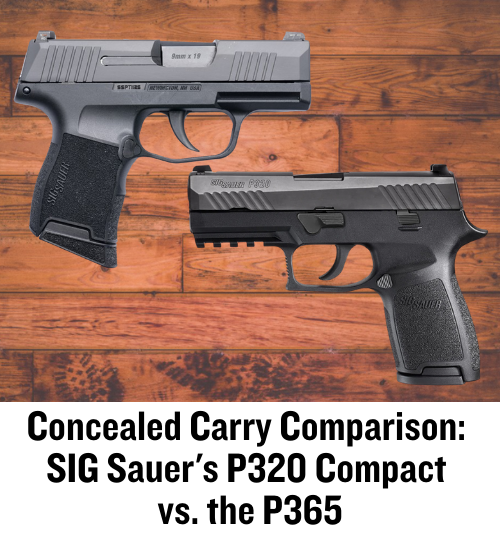



©MTC Holsters, LLC and CrossBreed Holsters Blog, 2024.
Unauthorized use and/or duplication of this material without express and written permission from this site’s author and/or owner is strictly prohibited. Excerpts and links may be used, provided that full and clear credit is given to Travis Pike and the CrossBreed Blog with appropriate and specific direction to the original content.

